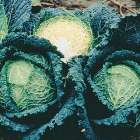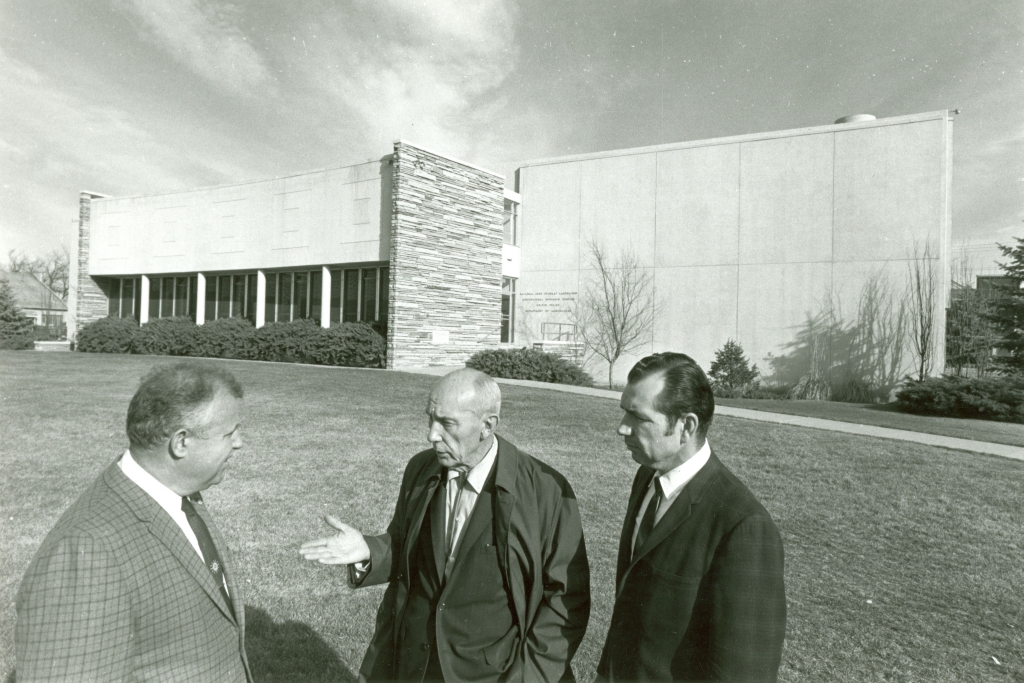| History of NLGRP |

|
|
Farmers and immigrants brought promising plant varieties and livestock breeds to the US long before the USDA started an official program to preserve these valuable genetic resources. Genebanking in the US officially began in the 1890s with the establishment of Plant Introduction Stations around the country to evaluate plants with interesting traits. The first "official" plant introduction (PI) was a cabbage (Brassica oleraceae) from Siberia. |
|
|
|
The National Seed Storage Laboratory (NSSL) was built in 1958 to consolidate plant collections from PI stations, plant collectors and publicly-funded breeders into a single facility that used state-of-art practices to maintain viability and data associated with sample provenance.
|
|
The first researchers at NSSL began long term studies to inform us about how water and temperature contributed to shelf life of seeds and how these parameters had different effects on different species. The results of this research led to the bold (at the time) move in 1977 to convert seed storage vaults from refrigerators (5?C) to freezers (-18?C). |
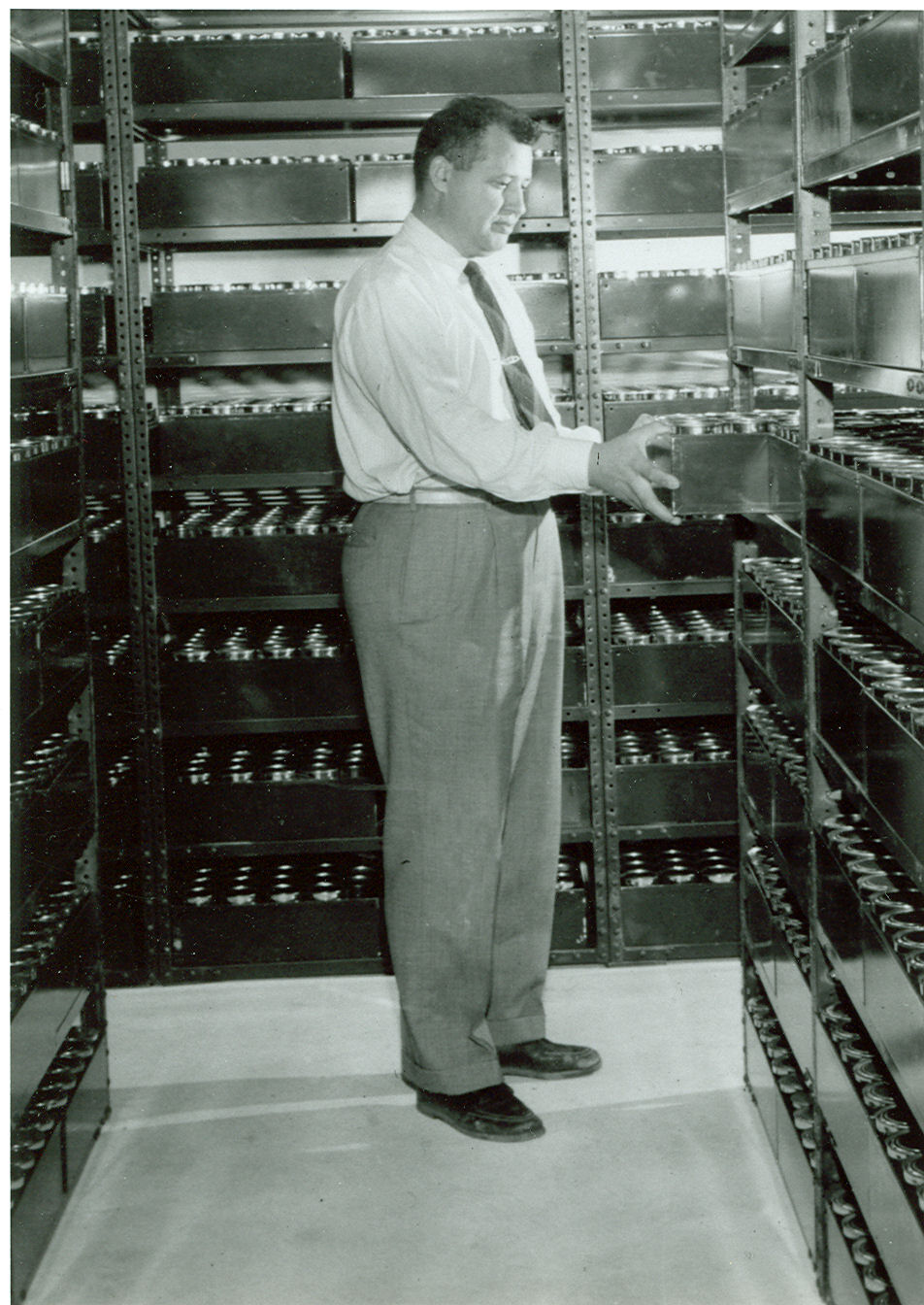 Early storage vaults |
| Application of the modern field of cryobiology (just established in the 1950s) to plants led to experiments to test whether seeds could be stored in liquid nitrogen. These experiments were begun in 1977, but by 1990, liquid nitrogen storage was routine. Preservation of vegetative cuttings and recalcitrant seeds (germplasm that requires water to survive) was now possible with the cryopreservation facilities at NSSL. |  Cryopreservation tanks |
 Conventional freezer vault storage |
In 1992, the NSSL building was expanded and the capacity to store germplasm increased ten-fold. | 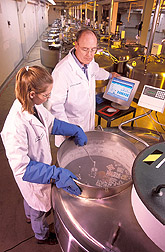 Cryo tank room |
|
Application of the modern field of cryobiology (just established in the 1950s) to plants led to experiments to test whether seeds could be stored in liquid nitrogen. These experiments were begun in 1977 and by 1990, liquid nitrogen storage was routine and storage of recalcitrant seeds was now possible with the cryopreservation facilities at NCGRP. In 1992, the first clonal plant propagules were placed in liquid nitrogen storage; a few years later, cryopreservation of selected clonally propagated plants was standard procedure. |
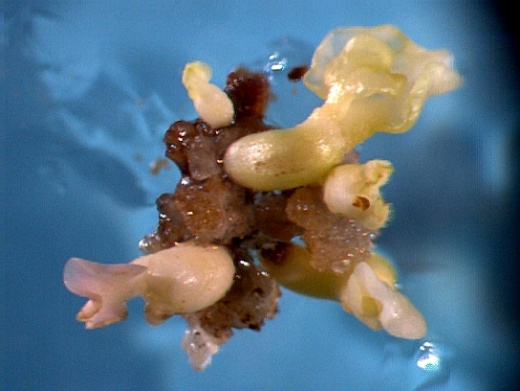 Clonally propagated shoots |
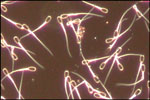 |
|
 Microbe cryopreservation |
The preservation of plant-associated microbes became part of the NCGRP mission in 2009. The NCGRP's large state-of-the-art cryopreservation facility provides secure back-up of yeast, fungi, bacteria, and viruses which represents a diverse and important component of U.S. agriculture. |
| The National Seed Storage Laboratory's expanded mission to preserve more than just seeds and more than just plant genetic resources, prompted the designation of the facility as a Center, hence the name change to the National Center for Genetic Resources Preservation (NCGRP) in 2002. NCGRP now carries the mission of preserving germplasm of all life forms that are important to US agriculture. |  The National Center for Genetic Resources Preservation |

